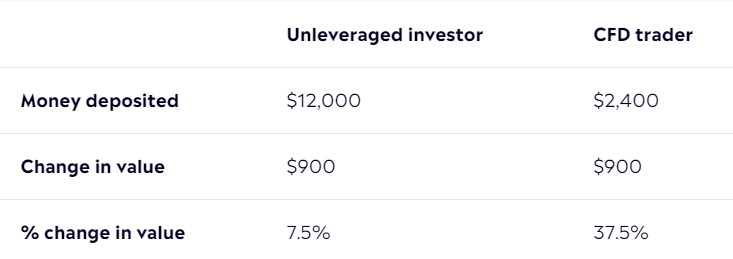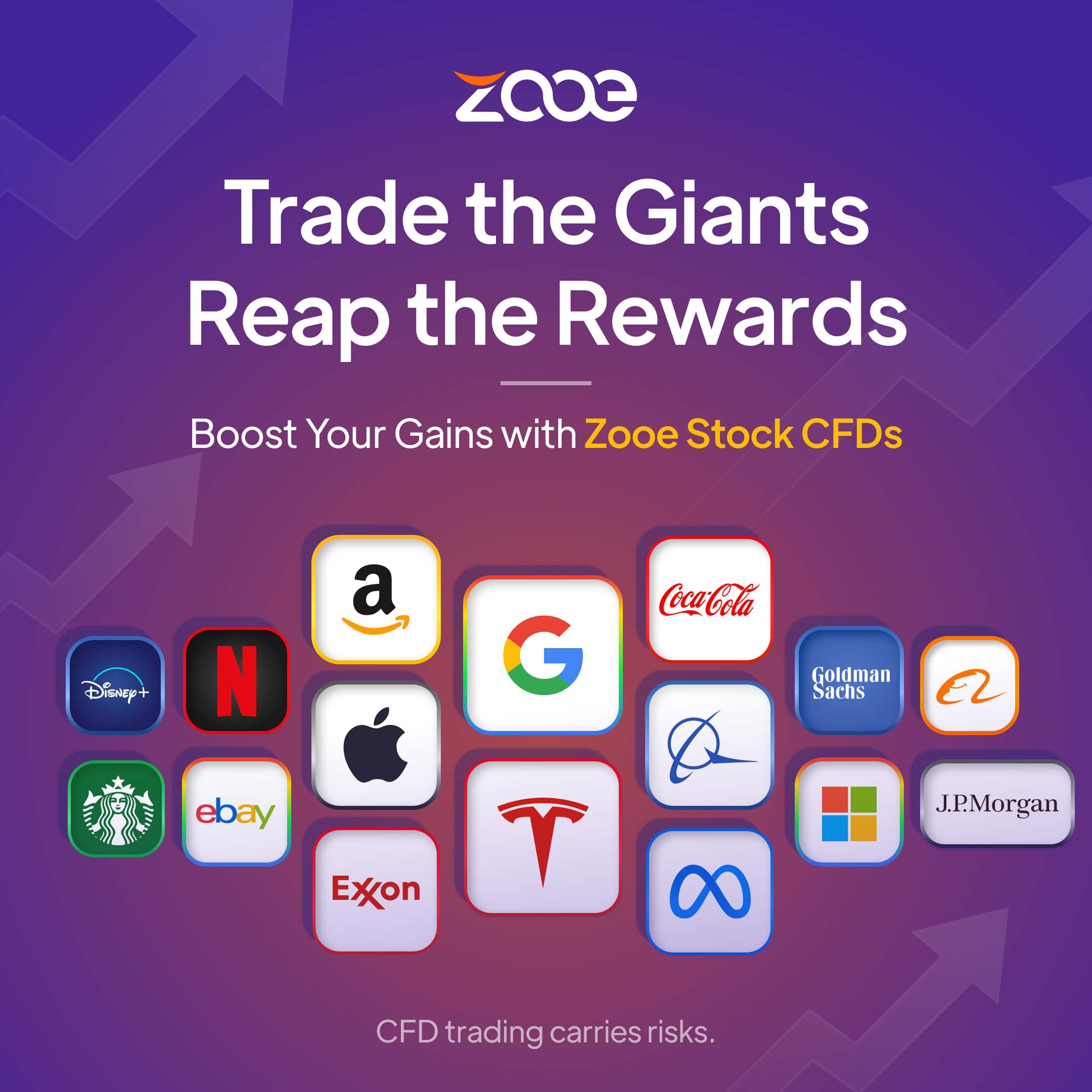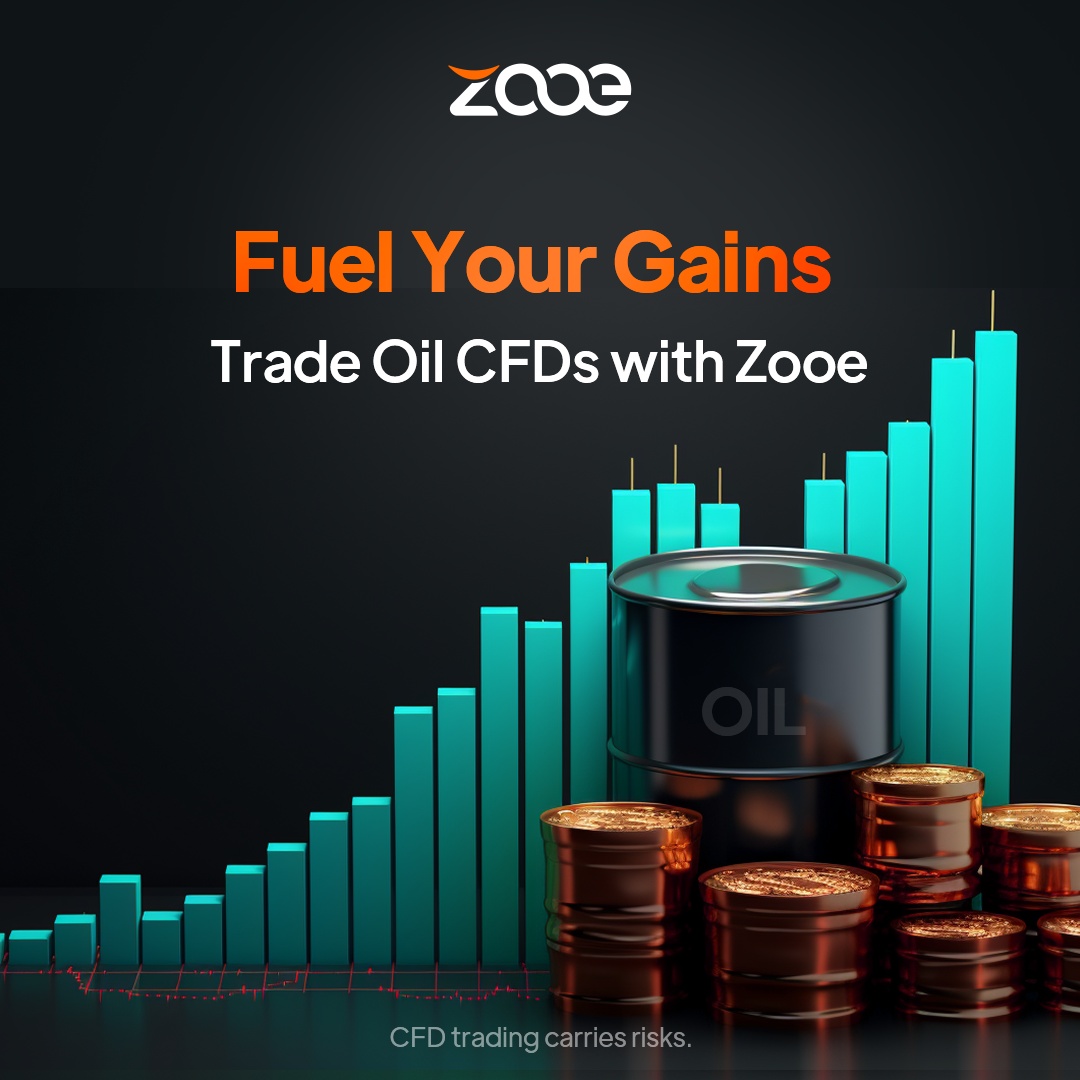What are leverage and margin in Contract for Difference (CFD) trading? This article will give you an in-depth understanding of leverage and margin in CFD trading.

Leverage and margin are two commonly used trading concepts seen in trading and investment across various financial instruments. In this article, we will specifically introduce leverage and margin in CFDs.
- Leverage refers to the ability to use a certain amount of capital to control a larger value financial instrument.
- Margin is the amount of money required to maintain an open position.
The higher the trading leverage, the lower the margin requirements, but the higher the risk of loss.
Continue reading to learn more about how they work.
How Margin Works in CFD Trading
Suppose you want to trade Cisco Systems’ stock, which costs 56.60 USD per share according to the current market price.
Assuming you believe the company’s stock price will rise and decide to buy 100 shares at 56.60 USD through CFDs.
If you were to purchase these stocks through a traditional stockbroker, you would have to pay the total value of the stock at the time of transaction settlement. This means you would need:
100 shares x 56.60 USD/share = 5,660 USD
However, if you trade through CFDs, it means you only need to deposit a portion of the stock value, which is the margin, like a deposit. This type of trading is sometimes referred to as margin trading in CFDs.
Margin Rate in CFDs
The margin rate depends on the securities you trade. Based on the margin rate and the base value of the trade, you can calculate the amount of margin. In the Cisco example, if the margin rate is 20%, it means the margin you need to pay is one-fifth of the base value.
Tip: CFD margin requires only a small portion of the total value of the underlying asset.
How to Calculate CFD Margin
The CFD margin equals the margin rate times the base value of the trade.
In the example above, the stock value you purchased is 5,660 USD.
If you buy the stock through CFDs with a margin rate of 20%, the required margin is:
5,660 USD x 20% = 1,132 USD
As stock prices fluctuate, if the price trend is favorable to you, you will continuously profit; but if the price trend is unfavorable, your position will lose.
When your position loses to a certain extent, you may receive a margin call. This means you must provide more margin to maintain your position.
It is essential to understand the risks involved.
What Is Leverage in CFD Trading?
Since margin CFD trading means you only need to deposit a portion of the value of the underlying securities, relative to the amount of capital you invest, your profit or loss will have a magnifying effect. This effect is known as leverage.
If you trade with a 20% CFD margin rate, your CFD leverage is 5 times.
How Leverage Works in CFDs
To understand how leverage works in CFDs, let’s illustrate with an example.
Suppose you buy 12,000 USD worth of American Express through a stockbroker without leverage; another investor buys the same stock but uses leveraged CFD trading.
The investor without leverage pays the full value of the stock, i.e., 12,000 USD.
If the CFD trader chooses 5 times leverage, it means their trading margin is one-fifth of the total value of the asset. The total value of the asset is 12,000 USD, so the margin is 2,400 USD (12,000 ÷ 5 = 2,400 USD).
If the value of the company’s stock changes by 900 USD, then:

The percentage change between the two is 5 times different. Note, this change applies to both profit and loss, thus increasing the risk of trading with leverage. Although potential profits are magnified due to leverage, potential losses are also magnified.
In this example, if the value of American Express drops by 900 USD, the investor without leverage loses 7.5% of their capital, while the CFD trader loses 37.5% of their margin.
Conclusion
Margin and leverage are two aspects of CFDs that offer traders flexibility and convenience but also come with higher risk. Compared to trading without leverage, traders using leverage can control securities of greater value, which brings greater profit opportunities but also amplifies losses. Visit eToro Academy to learn more about leverage, margin, and CFD trading.





